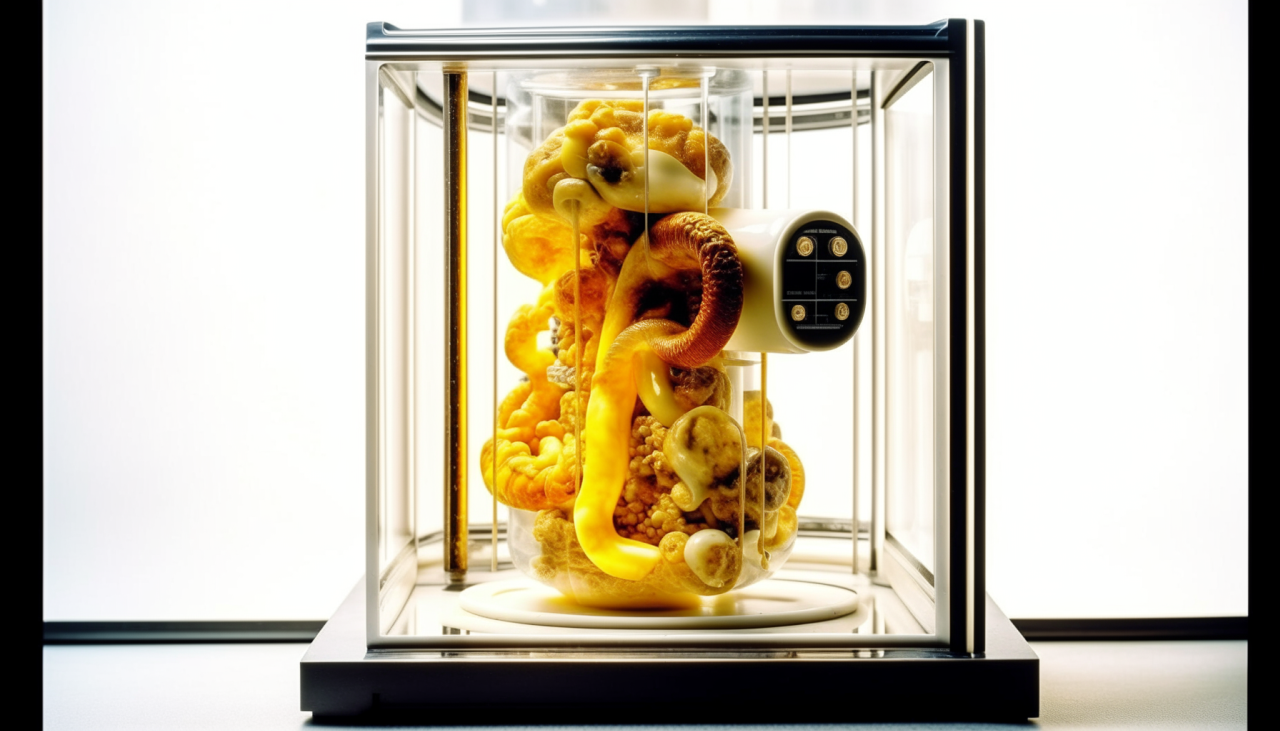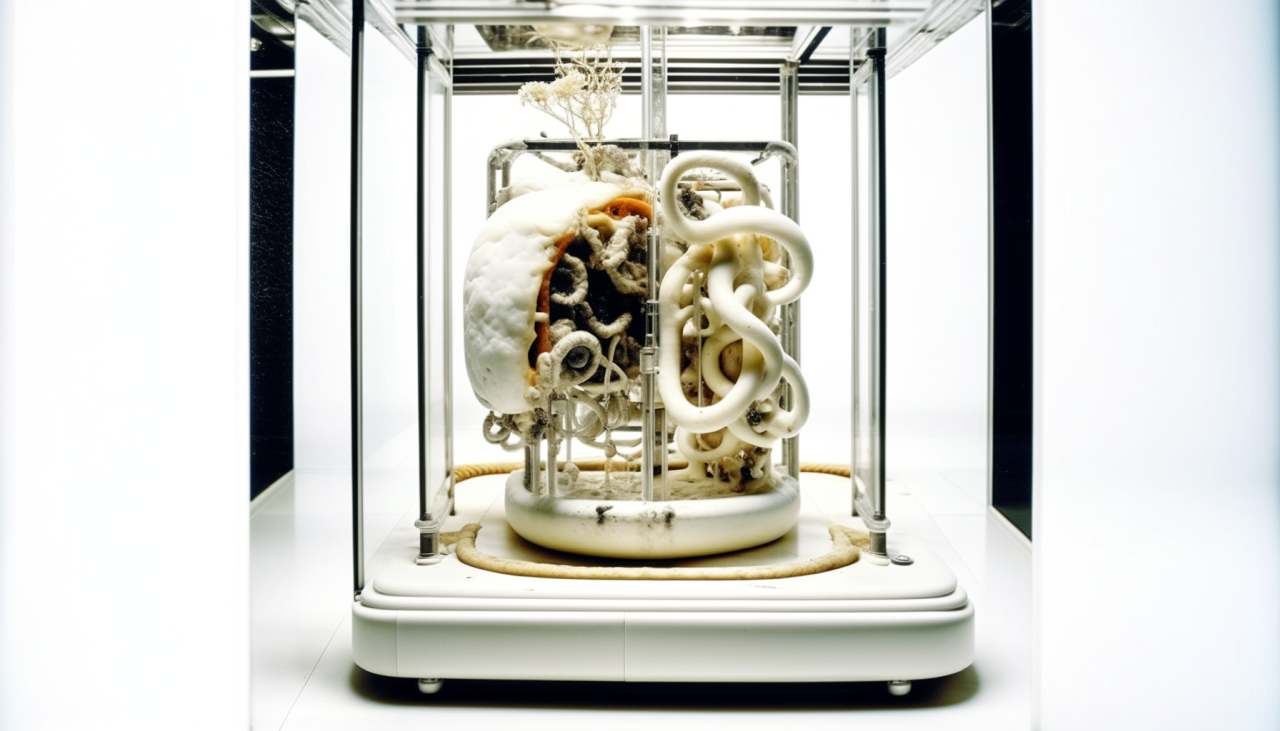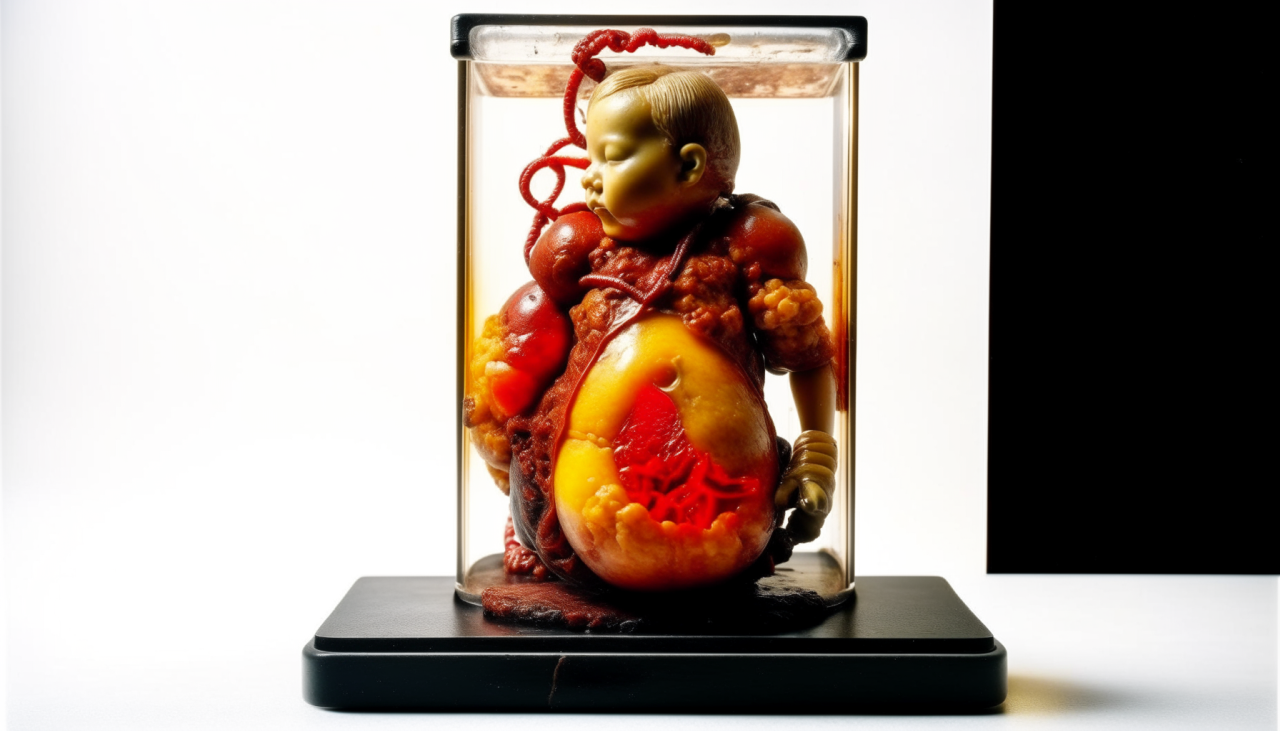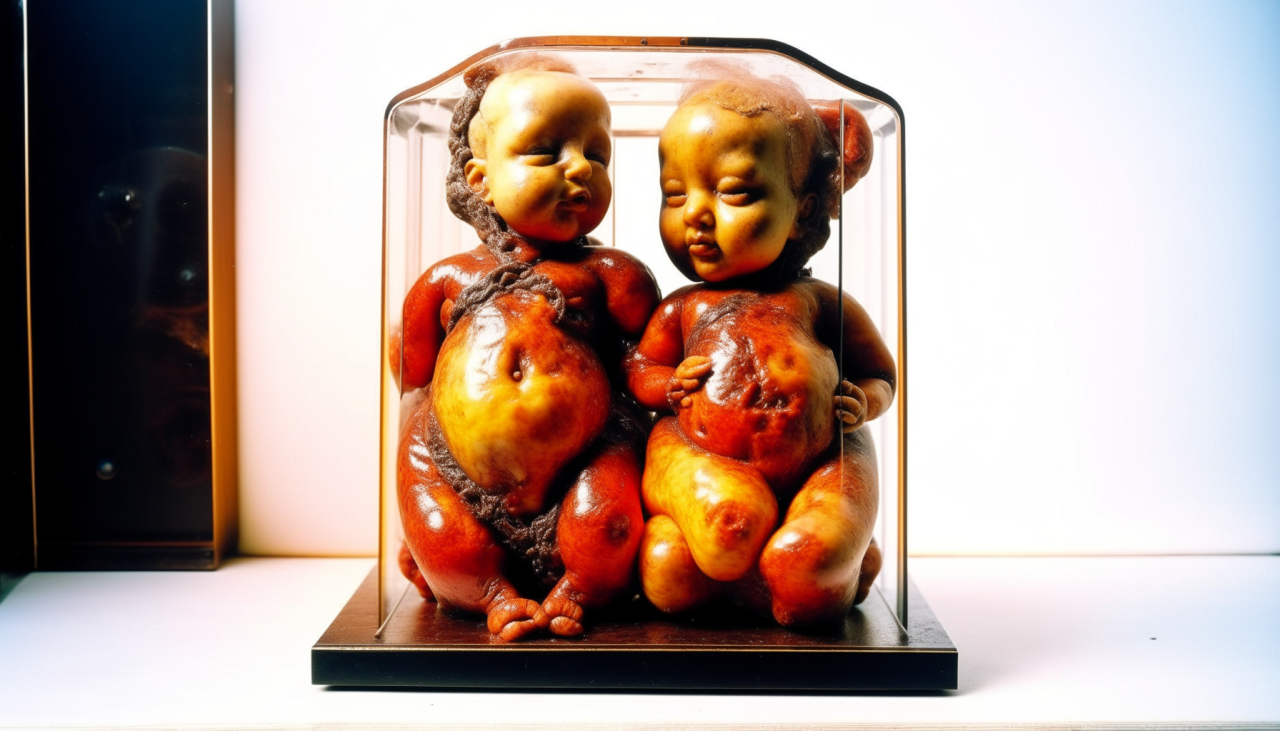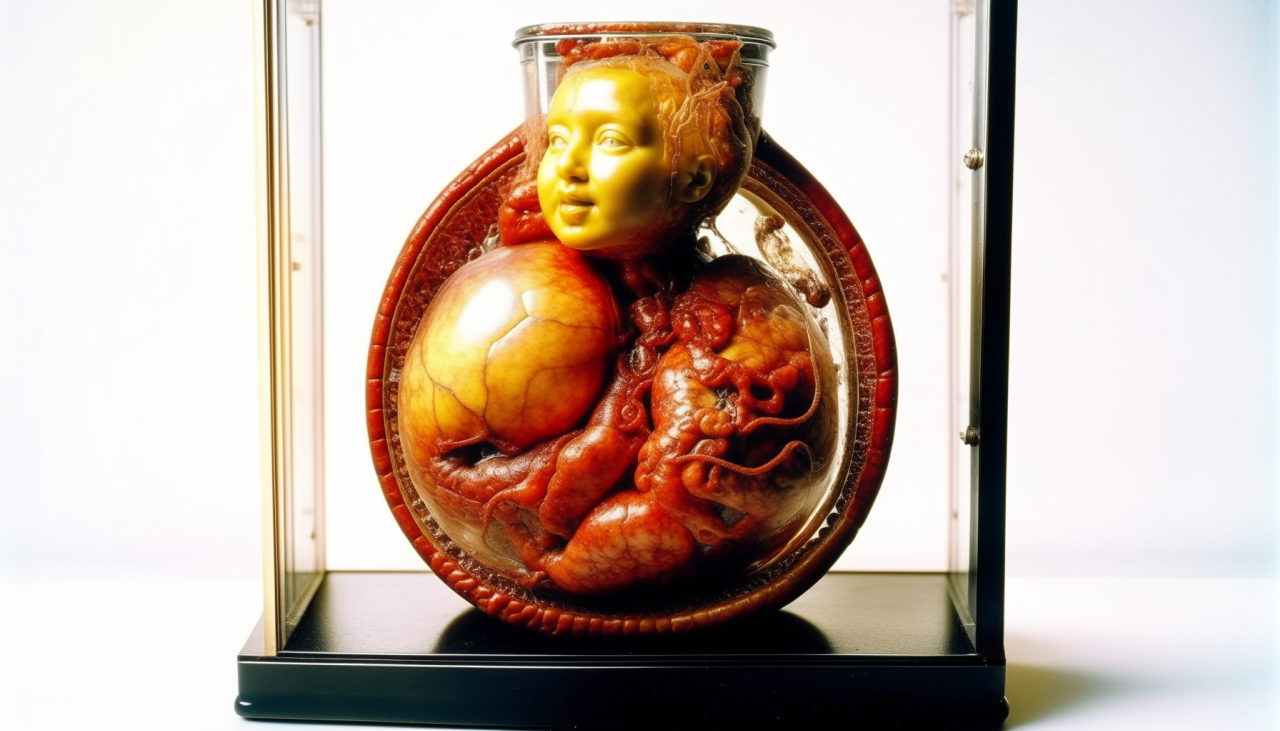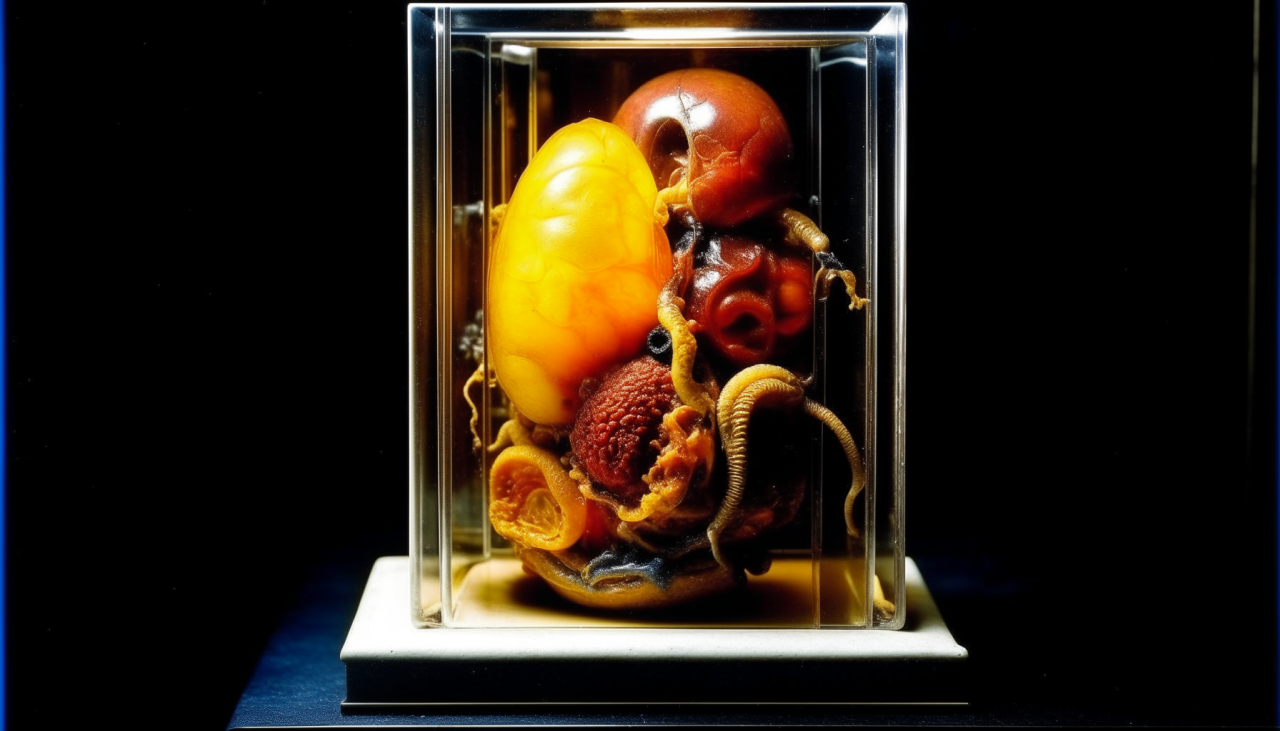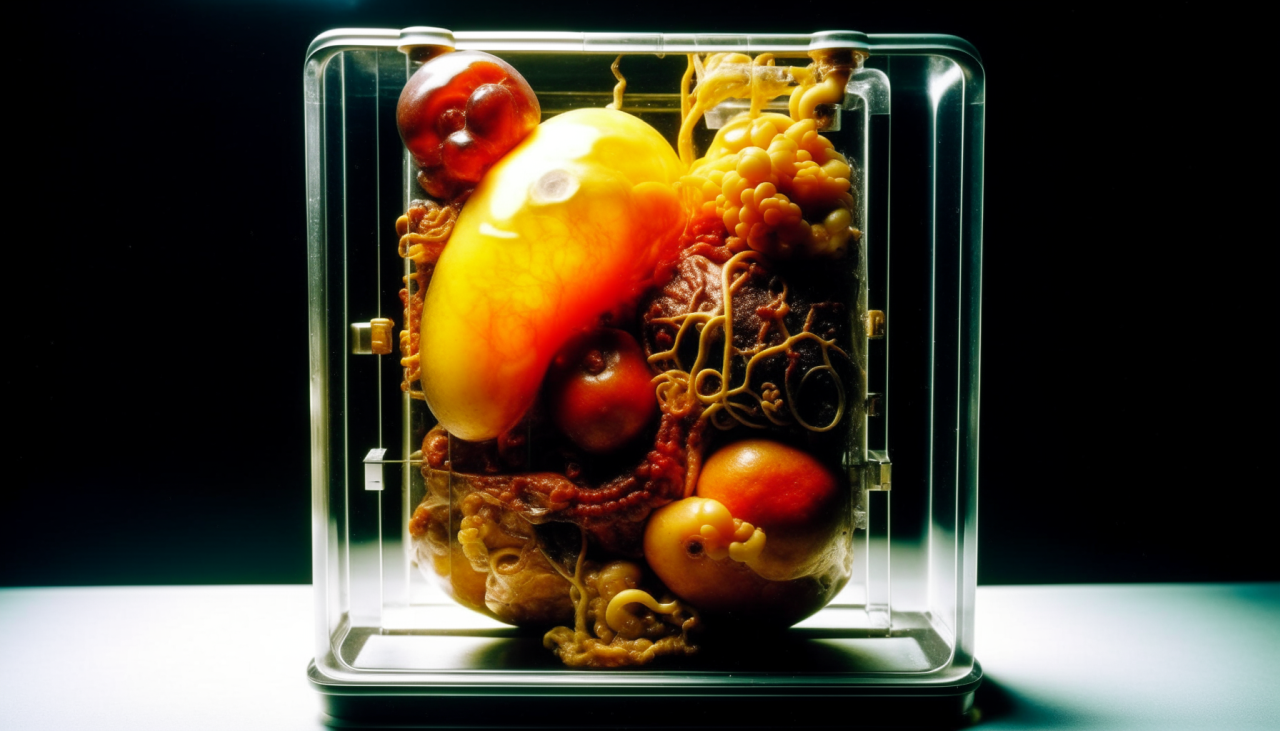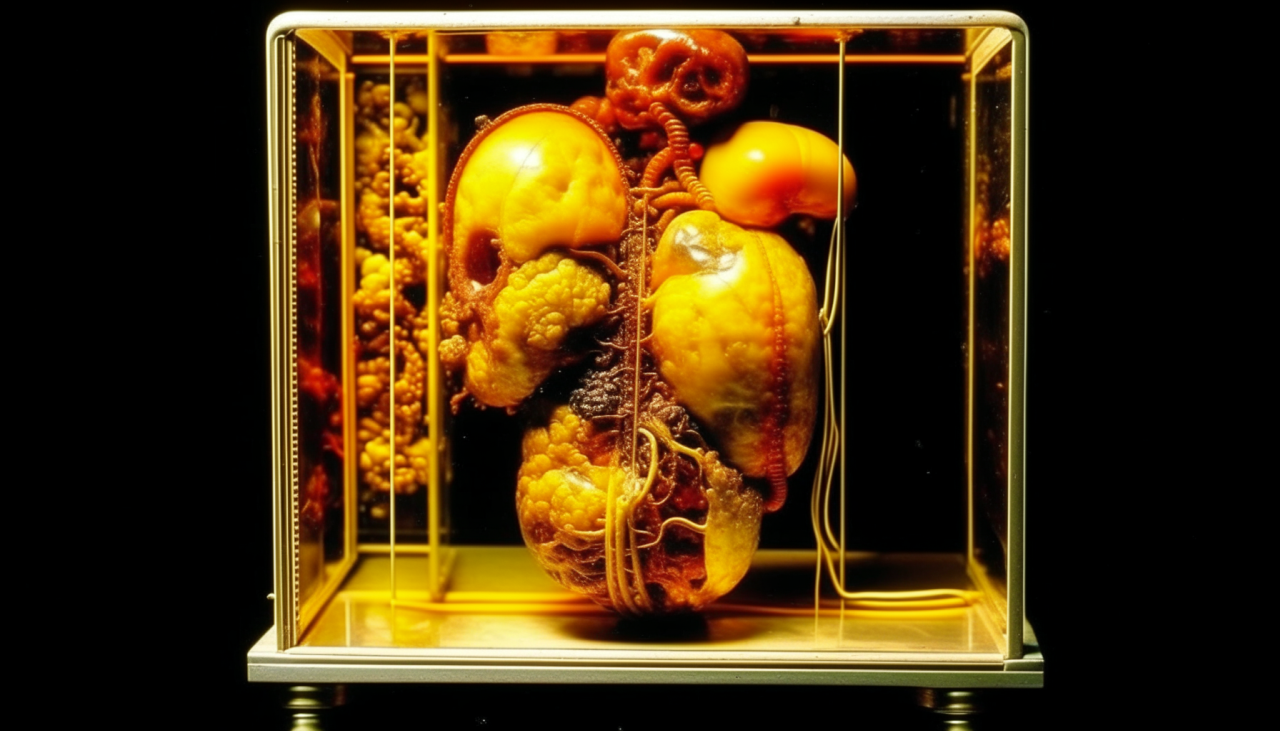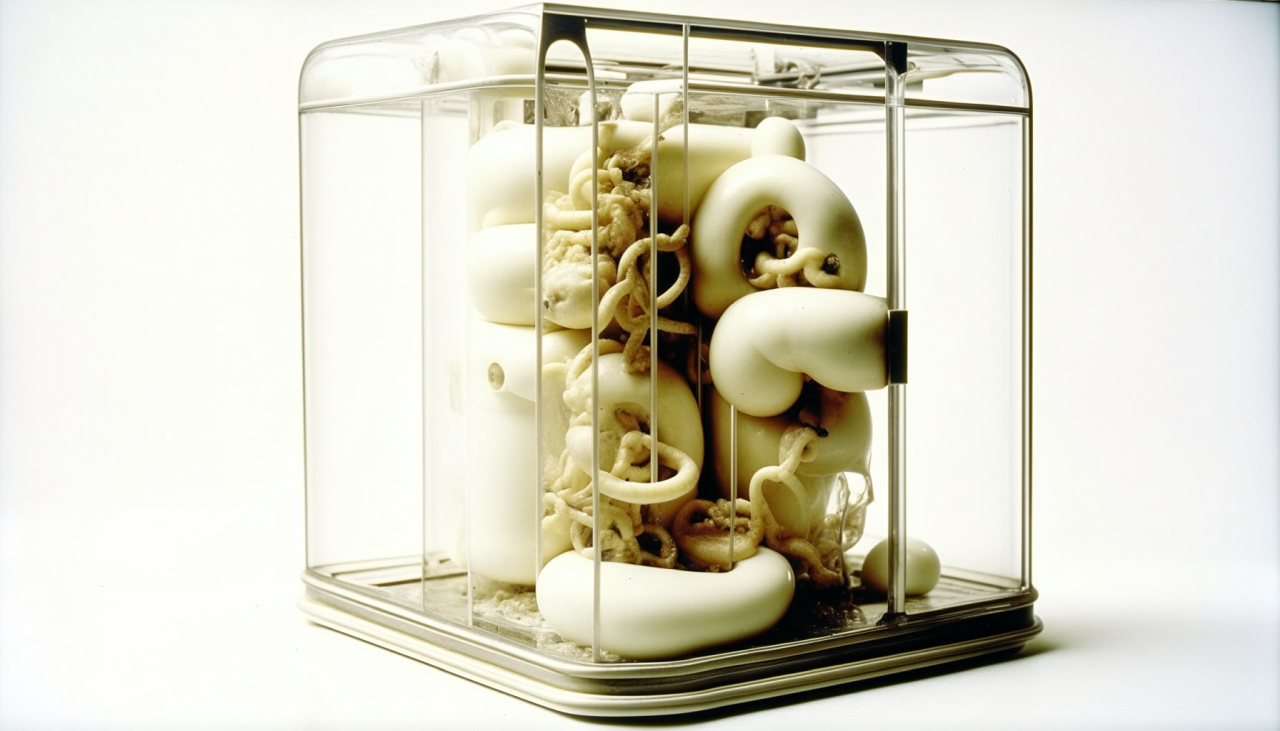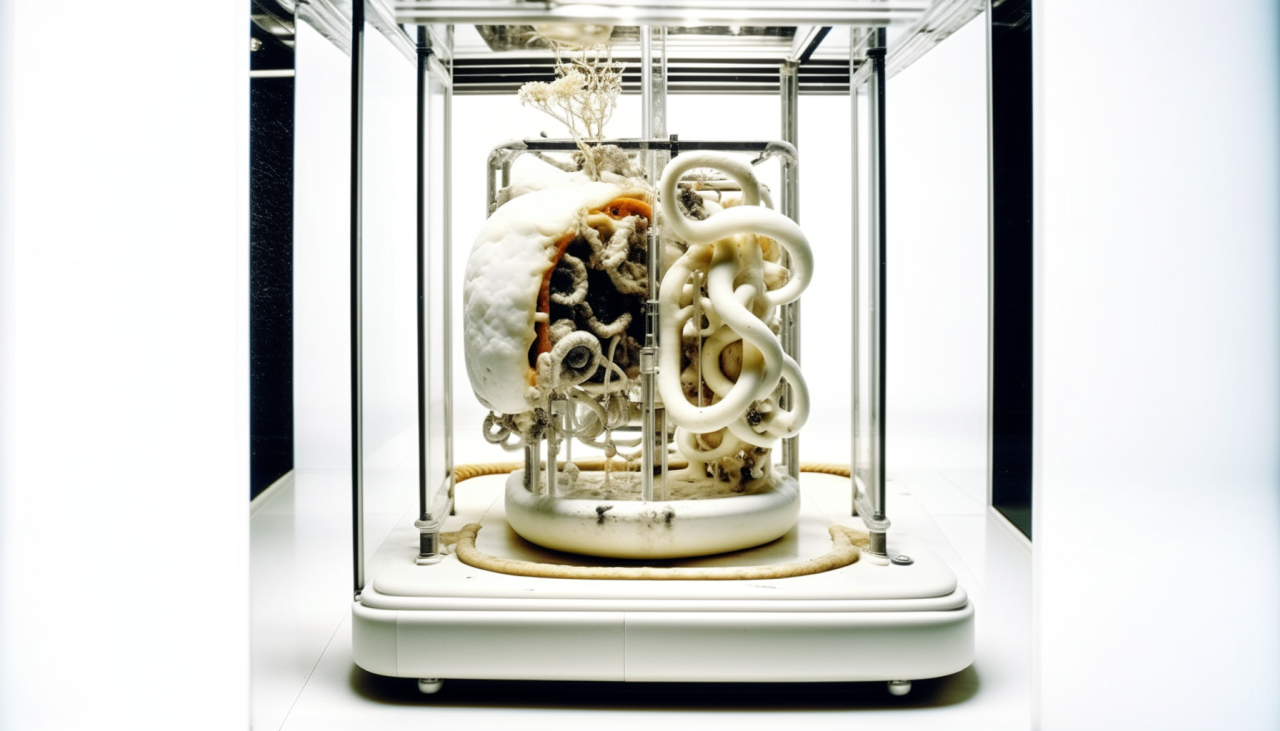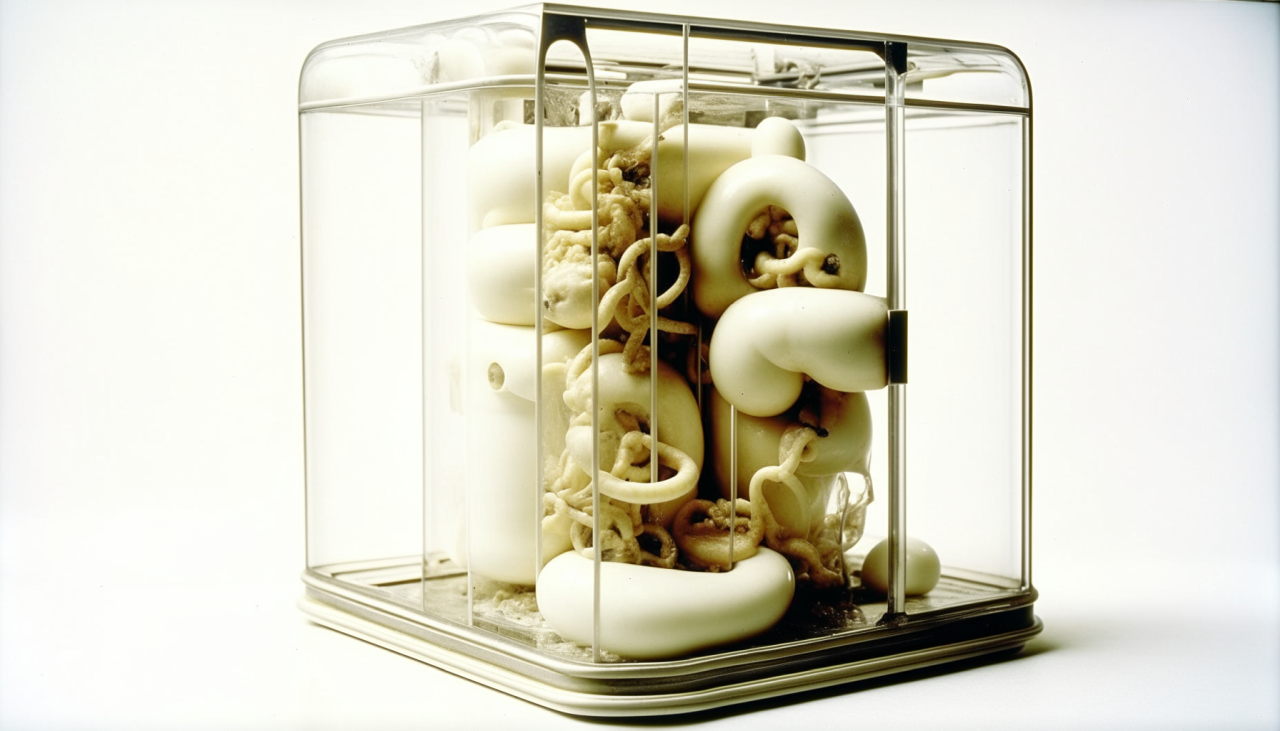abiogenesis (in progress)
Creation of 3D compositions using AI-driven rendering techniques. Variations are re-rendered through image imports and text prompts. This process contributes to the development of a personalized dataset.
Abiogenesis, also known as the origin of life, is the process by which life arose from non-living matter. This is a fundamental question in biology that has intrigued scientists for centuries. While there is no single, widely accepted theory for how abiogenesis occurred, there are several hypotheses that have gained support from scientific research.
One of the most well-known abiogenesis hypotheses is the Miller-Urey experiment, conducted in 1953 by Stanley Miller and Harold C. Urey. In this experiment, Miller and Urey simulated the conditions of the early Earth's atmosphere and oceans by mixing methane, ammonia, hydrogen, and water vapor in a closed flask. They then subjected this mixture to an electric discharge, which is thought to have been a common occurrence in the early Earth's atmosphere due to lightning strikes. After a week, Miller and Urey found that amino acids, the building blocks of proteins, had formed in the flask. This experiment provided strong evidence that the basic chemical building blocks of life could have arisen from non-living matter under the conditions of the early Earth.
Another important hypothesis for abiogenesis is the RNA world hypothesis. This hypothesis suggests that RNA, rather than DNA, was the first genetic material. RNA can act as both a template for DNA replication and as an enzyme, which are proteins that catalyze biochemical reactions. This versatility of RNA could have allowed it to perform the basic functions of life before DNA and proteins evolved. The development of self-replicating molecules is thought to be a key step in abiogenesis. Once molecules could replicate themselves, they could accumulate mutations over time, leading to the evolution of more complex molecules and eventually, life.
Abiotic synthesis of organic compounds, such as amino acids, lipids, and nucleotides, is another crucial step in abiogenesis. These organic compounds are essential building blocks of life, and their abiotic synthesis could have occurred in various environments on the early Earth, such as hydrothermal vents, volcanic lakes, and the atmosphere.
Just as abiogenesis posits life's emergence from non-living matter, "abiogenesis" explores the birth of intricate, organic imagery from the binary language of artificial intelligence. In this paradigm, AI algorithms serve as the catalyst, breathing vitality into images that emulate the essence of the organic world. It is an exploration of the creative prowess of algorithms, inviting contemplation on the potential of AI-driven art.
